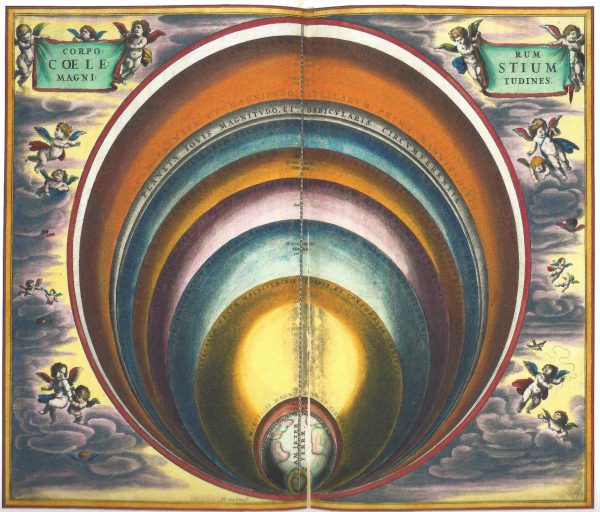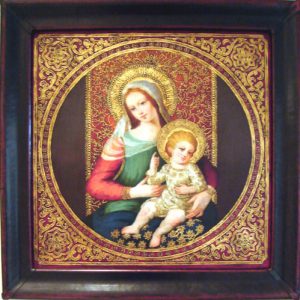The Size of the Planets, by Cellarius – Small
Original price was: $25.00.$15.00Current price is: $15.00.
In stock
Inquire About PieceA Fine Art Limited Edition from the International Museum Collection
The Size of the Planets by Cellarius
Victoria & Albert Museum, London
Open Edition giclee. Paper size 10.5″ x 9″. Image size 8.5″ x 7.25″
Edition medium: Giclée print on Somerset Velvet Paper 330g.
Inks: Archival pigment inks
Color Permanence: Rated for 100+ years
These are no longer being made.
Artist’s Biography
Andrea Cellarius
(17th Century)
History knows little about the 17th century astronomer Andreas Cellarius, who is thought to
have been born in the Palatine region of Germany, yet he left a lasting contribution to astronomy
with his collection of plates known as Atlas Coelestis seu Harmonia Macrocosmica (Harmony of the
Universe). This compendium, published by Jan Jansson in the Netherlands in 1660-61, includes
representations of the solar system showing the Ptolemaic planetary system, the Copernican view,
and intricate, imaginative designs showing both the classical and Christianized heavens.
The Atlas is a highly elaborate collection of astronomical information that outlines theories
on the structures of our planetary and celestial systems. Symbolism is embedded in the illustrations
adorning the technical charts, which include mythological figures and portraits of noteworthy
historical figures and astronomers. While three-dimensional globes were the most popular way to
illustrate celestial cartography in the 16th century, few remain intact today. Cellariusi illustrative
planispheres capture the essence of viewing an ancient globe by reproducing its perspective scale,
creating maps that give the viewer a visual impression of the depth of the heavens.
“At the center of all things resides the sun. Could we find a better place in this most beautiful of all temples,
from whence this light illuminates all things at once? Rightly it is called the lamp, the spirit, the ruler of the universe.
For Hermes Trimegistus it is the invisible god, Sophocles’ Elektra calls it the all-seeing. Thus, the sun sits in its
royal throne and guides its children, which circle it”
–N. Copernicus, 1543


















